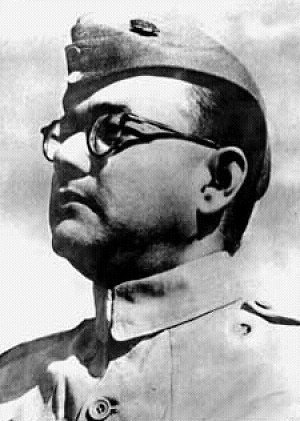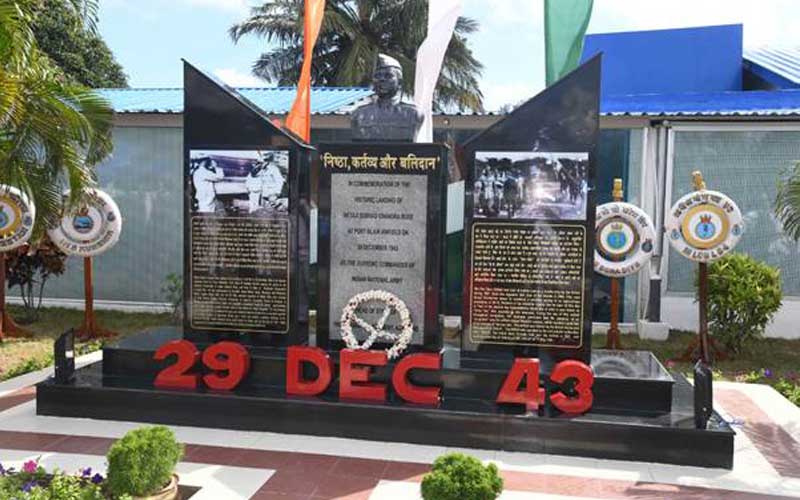Important Facts For Prelims
Sankalp Smarak: Andaman & Nicobar
- 30 Dec 2021
- 5 min read
Why in News
Recently, a Sankalp Smarak was dedicated to the nation exactly 78 years (29th December 2021) after Netaji Subhash Chandra Bose's arrival to India.
- The purpose of smarak is to preserve this important event in history.
Key Points
- About:
- The Smarak built in Andaman and Nicobar is a tribute to the resolve of the soldiers of the Indian National Army and their innumerable sacrifices.
- It is also a remainder of the values enshrined by Netaji himself, “Nishtha, Kartavya aur Balidan” or “Commitment, Duty and Sacrifice” that continue to underscore the ethos of the Indian Armed Forces and the resolve of the Indian Soldier.
- Significance:
- It is also significant that Netaji escaped British surveillance from Kolkata on 16th Jan 1941 and stepped back on Indian soil after nearly three years, at Port Blair Aerodrome on 29th Dec 1943.
- On 30th December 1943, he hoisted the national flag for the first time on Indian soil, at Port Blair.
- Netaji’s visit to the islands as the Head of the Provisional Government of Azad Hind (Known as Arzi Hukumat-e-Azad Hind) and Supreme Commander of Indian National Army marked a symbolic fulfilment of his promise that the Indian National Army would stand on Indian soil by the end of 1943.
- This historic visit also marked a declaration of Andaman and Nicobar Islands as the “first liberated territory of India”.
Subhash Chandra Bose
- About:
- Netaji Subhas Chandra Bose (23rd January 1897 – 18th August 1945) is one of the most celebrated freedom fighters of India.

- In 1942, he earned the title ‘Netaji’, in Germany by the Indian soldiers of the Azad Hind Fauj.
- Bose is credited with the very famous slogan, “Give me blood, and I shall give you freedom!” as well as “Jai Hind”.
- He is also credited to be the first man to call Mahatma Gandhi “Father of the Nation”, in his address from Singapore.
- Netaji Subhas Chandra Bose (23rd January 1897 – 18th August 1945) is one of the most celebrated freedom fighters of India.
- Indian National Army:
- Netaji reached Japanese-controlled Singapore from Germany in July 1943, issued from there his famous call, ‘Delhi Chalo’, and announced the formation of the Azad Hind Government and the Indian National Army on 21st October 1943.
- The INA was first formed under Mohan Singh and Japanese Major Iwaichi Fujiwara and comprised Indian prisoners of war of the British-Indian Army captured by Japan in the Malayan (present-day Malaysia) campaign and at Singapore.
- The INA included both the Indian prisoners of war from Singapore and Indian civilians in South-East Asia. It's strength grew to 50,000.
- The INA fought allied forces in 1944 inside the borders of India in Imphal and in Burma.
- However, with the fall of Rangoon, Azad Hind Government ceased to be an effective political entity.
- In November 1945 a British move to put the INA men on trial immediately sparked massive demonstrations all over the country.
- Impact: The I.N.A. experience created the wave of disaffection in the British Indian army during the 1945-46, which culminated in the great Bombay naval strike of February 1946 and was one of the most decisive reasons behind the British decision to make a quick withdrawal.
- Composition of I.N.A: The I.N.A. was essentially non-communal, with Muslims quite prominent among its officers and ranks, and it also introduced the innovation of a women’s detachment named after the Rani of Jhansi.





